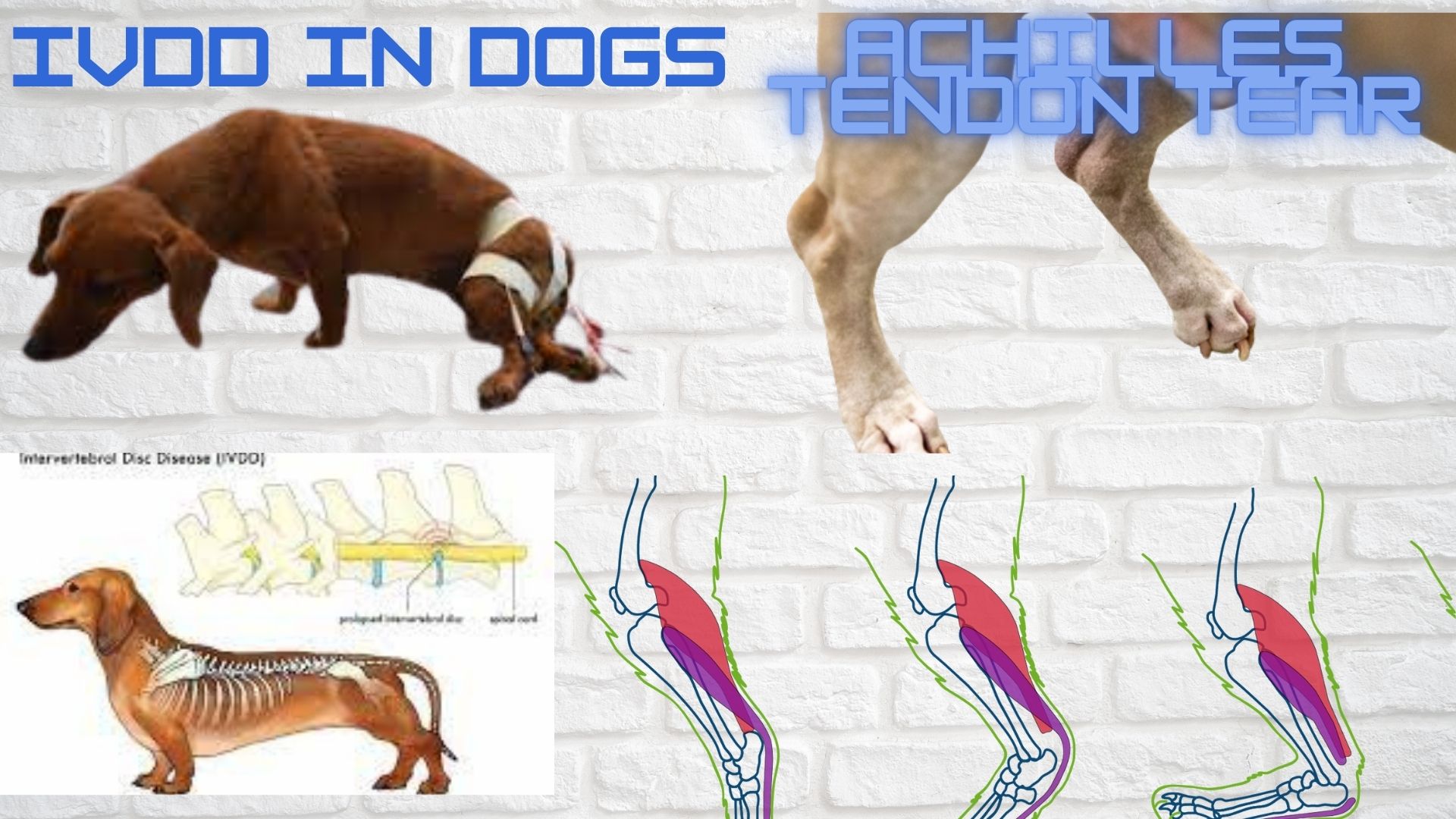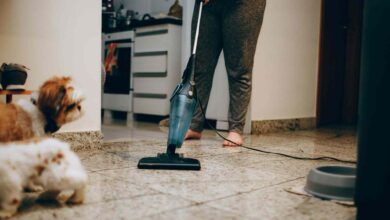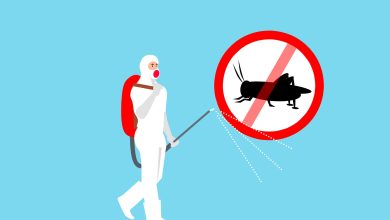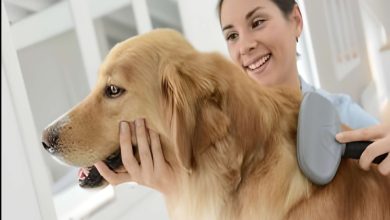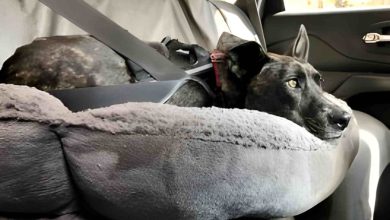Table of Contents
Achilles Tendon Tear And IVDD In Dogs:
Achilles tendon and IVDD injuries are serious conditions in dogs. These injuries can lead to chronic pain and discomfort. In most cases, you can use other treatment options and medications to treat Achilles tendon tear. However, in large dogs, the only treatment option that works is surgical repair.
So, what’s surgical care? How successful is it when treating the Achilles tendon? Does the dachshund back brace for IVDD work? Keep reading to find out the effectiveness of surgical repair when treating Achilles tendon tear in dogs.
Surgical Treatment:
If you want the surgical repair to be successful, prioritize immediate medical treatment. Waiting for too long will make the injuries worse. It can lead to the formation of scars. Preferably, take your dog for surgery within the first week.
Thus, don’t wait. Waiting will make surgical repair complicated. It will be difficult to reattach the tendon difficult. Before making the final decision, discuss it with your vet.
Immobilization During Post Surgery:
Post-surgery is an important period when it comes to recovery. In particular, surgery should achieve immobilization of the limbs. You can either choose the permanent or removable option. In most cases, a circular fixator-based wire is wrapped around the joint to hold the dog’s leg in a lifted position. Ensure that you have executed all the immobilization care tips within the first 8 weeks.
Recovery:
Immediately after surgery, put measures in place that confines the dog. Confinement ensures that your dog gets sufficient rest. Remember, even with immobilization devices, your dog can be excited and start running. This can lead to reinjury.
After the eighth week, your dog will want to move around. However, it’s advisable to confine your dog for at least 3 months. This will promote complete healing. This is the time to give your dog enough physical therapies. Therapies such as treadmill therapy are aimed at helping your dog achieve more strength, especially on the affected limb.
Risk Of Infection:
Surgical procedures are usually associated with the risk of infections. An experienced vet will come up with strategies to reduce the chances of infection. Your vet will give you post-care instructions. Follow them. Give your dog the right medications. Don’t underdose or overdose.
Stick to regular check routines. Clean the external fixers regularly. Disinfect them using the right disinfectant. Use the right antibiotic ointment. Keep the dog’s bedding clean. Give the dog clean water. Feed your dog appropriately.
Reattach The Leg Tendon:
The active nature of dogs can expose them to Achilles tendon tear. Most of them can run, walk, or jump without any issue. However, a dog can occasionally encounter a mishap and take a misstep, resulting in a tendon tear. Irrespective of the cause of the injury, subjecting your dog to surgery is the only solution.
Injured Achilles:
There are different types of tendon injuries in dogs. The most prominent one is the Achilles tendon. The Achilles tendon involves 5 separate tendons. The Achilles tendon is attached to the dog’s hip or hock, which explains why dogs walk on tippy toes. An injured dog will find it difficult to walk on tippy toes. Plus, its toes will be curled. This condition is painful and can cause swelling.
Surgical Correction:
Different treatment options can be employed. For instance, bed rest can be employed However, Achilles injury cannot be healed through bed rest alone. A ruptured tendon requires surgery.
Letting the raptured tendon heal on its own will result in permanent deformity. According to experts, you should use cage rest before taking your dog for surgery. Cage rest is designed to minimize the risks of swelling.
Get in touch with your vet before opting for surgery. Cats, screws, as well as pins, are used to immobilize your dog after an injury. Don’t allow your dog to run. Restrict its movements. It requires enough rest to achieve full recovery.
Prognosis Positive:
According to experts, a normal dog should take between 6-12 weeks to recover after surgery. It’s important to visit the vet regularly to inspect and clean the hardware. This will minimize things like infections.
Restrict your pet from moving around for at least one month. Cage rests speed up the recovery process. It also eliminates re-injury. For full recovery, the vet may prescribe anti-inflammatory medicines, sedatives, and pain relievers.
According to clinical trials, the prognosis of surgery is quite impressive. However, complicated cases should be handled with care. Also, you should take your dog to the vet in the shortest time possible.
Surgery comes with minimal side effects. However, in rare cases, your dog may experience infections, tendon rupture, and anesthesia-related issues.
Rest:
It’s advisable to allow your dog to have enough rest. Any strenuous exercise can stretch the tendons. It can also partly tear the tendon. The front, as well as back forepaws, are usually affected by strained tendons. Symptoms of strained tendons include:
- Lameness
- Deliberating pain
- Swelling of the affected area
To relieve the pain, talk to your vet. Among other things, he/she will prescribe pain relievers and other anti-inflammatory medications. Cold packs can also do an excellent job when it comes to pain-relieving. Encourage your dog to take enough rest for a full recovery.
Surgery Options:
Dogs can develop arthritis. The best way to manage this condition is through weight loss. Medications can also work. However, surgery is the best bet. This is because surgery eliminates future complications. Surgery has a very high success rate. Thus, don’t let your dog suffer from arthritis. Take it for surgery. However, before making your decision, it’s advisable to talk to your vet first. Explore the option. Understand the implications of surgery.
Back Braces for Dogs Suffering From IVDD:
IVDD, which involves herniating the disc, can be a big concern for any dog owner. In severe cases, IVDD can lead to dog paralysis, loss of mobility, as well as chronic back pain. To relieve this chronic back pain, use a back brace. This equipment is effective in helping the dog stay active without any difficulties. Here are ways a back brace can help any dog suffering from IVDD.
What’s IVDD?
IVDD, also known as a herniated disc, is responsible for a myriad of issues in dogs. Most notable ones include loss of mobility, paralysis, as well as back pain. When untreated, IVDD can negatively affect your dog’s life. As a dog owner, it’s important to invest in a good dog brace to relieve this severe pain. They are effective in helping your dog indulge in activities without any issues.
Investing in an orthopedic support brace helps a dog walk, jump, and run without feeling discomfort or any pain. The best part is that you can combine them with other rehab exercises for effective spinal cord management. According to experts, braces can be the best alternative to those expensive, and delicate surgeries.
They offer your dog sufficient support to stay active throughout the day. In a nutshell, dog braces can benefit your dog in so many ways. By taking care you can also overcome storm and noise anxiety in dogs
Benefits:
Investing in a dog brace comes with several benefits. Thus, if your dog has been diagnosed with IVDD, invest in a back brace. Here are the top reasons why your dog needs a back brace.
Adequate Support:
A back brace supports the spinal cord. Since it covers the top and below sides of the dog, the spinal cord will get sufficient support. This helps your dog to move without feeling the pain.
Back Pain:
IVDD can cause a lot of pain to your dog. One of the best ways to reduce the pain is by investing in a back brace. Don’t let your dog suffer from IVDD-related pain. Invest in the right-back brace.
Stabilize The Dog:
A back brace comes in custom design, helping stabilize your dog’s spinal cord. IVDD has severe effects on the spinal cord. Failing to invest in the right brace can lead to permanent deformities.
No Pressure:
The healing process involves giving your dog enough rest. However, pressure on the spinal cord can complicate matters. To avoid pressure on the spine, invest in a back brace.
Restrict Motion:
Back braces are designed in such a way that gives you control over your dog’s motion. Braces help you control the motion of your dog. This will automatically speed up the healing process.
Key Takeaway:
Don’t let IVDD pin your down. Don’t allow it to inflict chronic back pain on your dog. Never allow Achilles tendon tear to cause your dog discomfort and pain. Remember, these conditions can immobilize your dog. Treat them early. Conduct your research. Get in touch with your vet. If you love your pet, take it for treatment. Acquire a nice back brace to alleviate pain and enhance its mobility. A back brace can help your dog in many ways.
The Bottom-Line:
When all treatment options have failed, you can only turn to surgical repair to treat Achilles tendon and IVDD in dogs. According to experts, surgical repair has an impressive recovery prognosis. However, it’s important to pay closer attention to aftercare as well as rehabilitation. Thus, restore full tendon function and optimal dog mobility with proper aftercare, medication, and rehabilitation.

